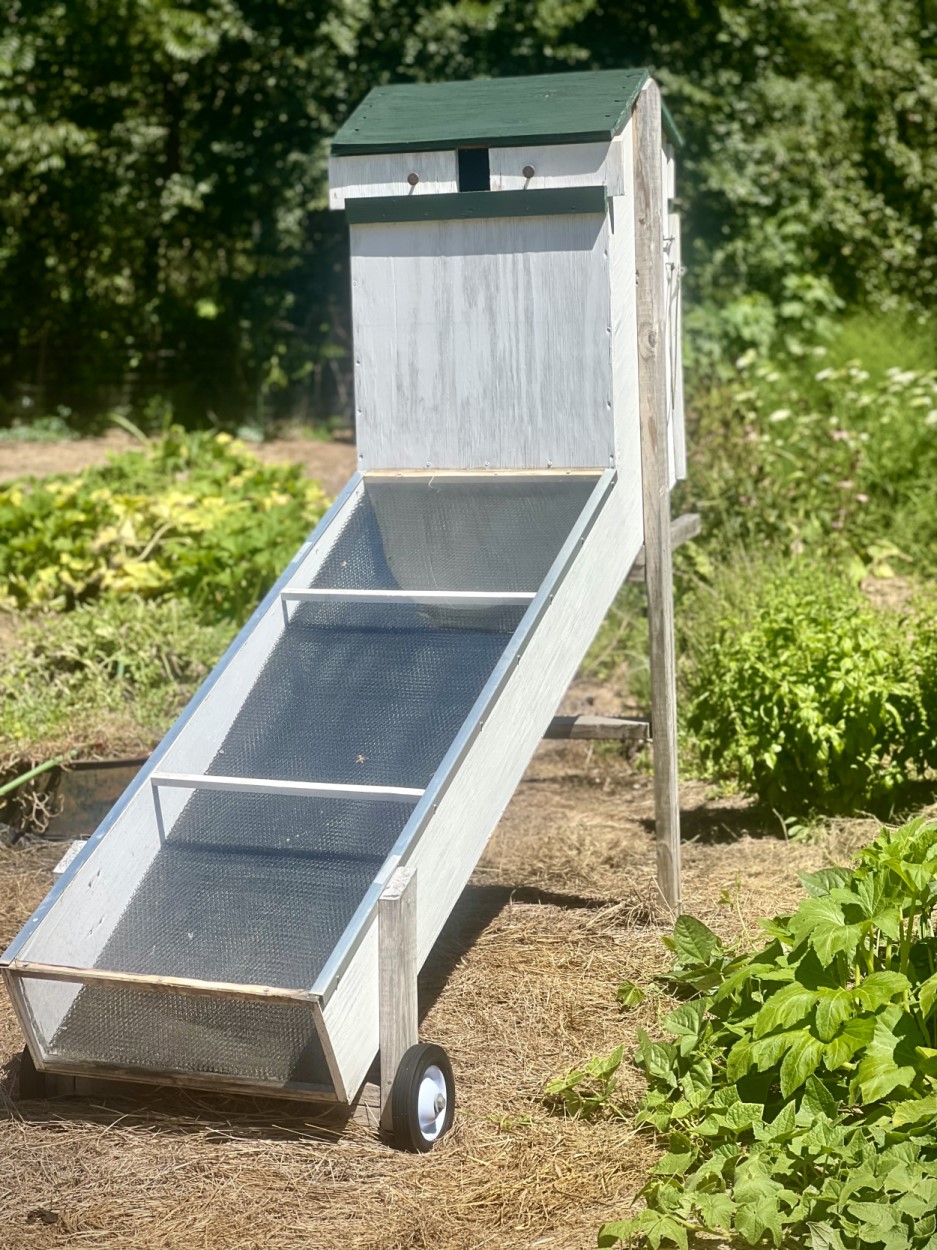Starting February 15, 2022, we will no longer purchase or eat any food from the grocery store (except salt & baking powder). Instead, we are choosing to experience what it is like to raise and forage for all of our food. This means EVERYTHING: flour, oil, honey, spices, cheese, fruits, nuts - Follow our journey and learn about feeding yourselves

Drying food can be a fun, simple way to preserve the harvest - if done right. I've proudly dried a quart of calendula flowers, only to find them moldy months later when I hoped to use them in making a skin salve. The same has happened with green beans, sadly. When mishaps occur, the reward from all the work of growing food is lost in a moment and replaced by frustration and disappointment.
You'll best appreciate these key components if we first review how dehydrating preserves food.
Food spoilage organisms (mold, bacteria, even yeasts) need a certain amount of moisture to live. By properly drying (and storing) foods, you can ensure they will stay free of mold and bacteria in your pantry.
This might just be my pet-peeve, but I don't want to spend thousands of dollars on a tool to preserve $50 worth of food. A 20-year pay off doesn't make sense, especially if that tool is going to live outdoors in the weather for months and therefore is not likely last 20 years. Conversely, the minimal investment in cheap tools (or even free tools) doesn't make sense if the tool doesn't do its job properly. If I ruin food in my free dehydrator, then I've incurred a loss.
That said, a great free dehydrator is parked right outside your home (assuming you have a vehicle). Your car or truck works great as a dehydrator. To prevent user-error, be sure to
Since this free dehydrator works, I honestly don't see $pringing for a more expensive one...
Unless - you dry a lot of food. A LOT.
We dry a lot. From May to November, our dehydrator has food drying inside it on most sunny days.
We have made several different solar dehydrators. One was basically a table, but instead of a solid wood top, we placed screen and then an additional hinged, openable top of corrugated clear plastic roofing sat above the screen. This was sealed by the wavy corrugated roof closure strips. (The roofing material and closure strips can both be bought at Lowes). The frame of the roof had vent holes drilled in it to allow for air movement. This sometimes got too hot, and we placed a mesh fabric over the top to reduce the heat radiating inside.
Another dehydrator we build looked a bit like a dresser with 4 drawers and a clear greenhouse panel on top with screen-bottom drawers.
All our other designs worked to some degree, but we have happened upon a design that has lasted us for years and never resulted in a bad outcome. It hasn't warped, let insects in, got too hot, etc.
Pictured is just a small sample of what we dry, and includes:
We've also dried carrot coins, red bell pepper slices, onions, other mushrooms, stinging nettle, curly dock, comfrey, raspberry leaf, basil, rosemary, thyme, cutting celery, and more!
What you can dry is limited to your imagination
We cook stews on the wood stove several times each month during the cold months. Much like caramelizing imparts a unique flavor to roasted veggies, a stew using mostly dehydrated veggies (for the veggies) has a unique earthy flavor that we enjoy immensely.
Starting February 15, 2022, we will no longer purchase or eat any food from the grocery store (except salt & baking powder). Instead, we are choosing to experience what it is like to raise and forage for all of our food. This means EVERYTHING: flour, oil, honey, spices, cheese, fruits, nuts - Follow our journey and learn about feeding yourselves
RESOURCE
Copyright © 2024 Barefoot Farm
Terms & Condition . Services . Careers
